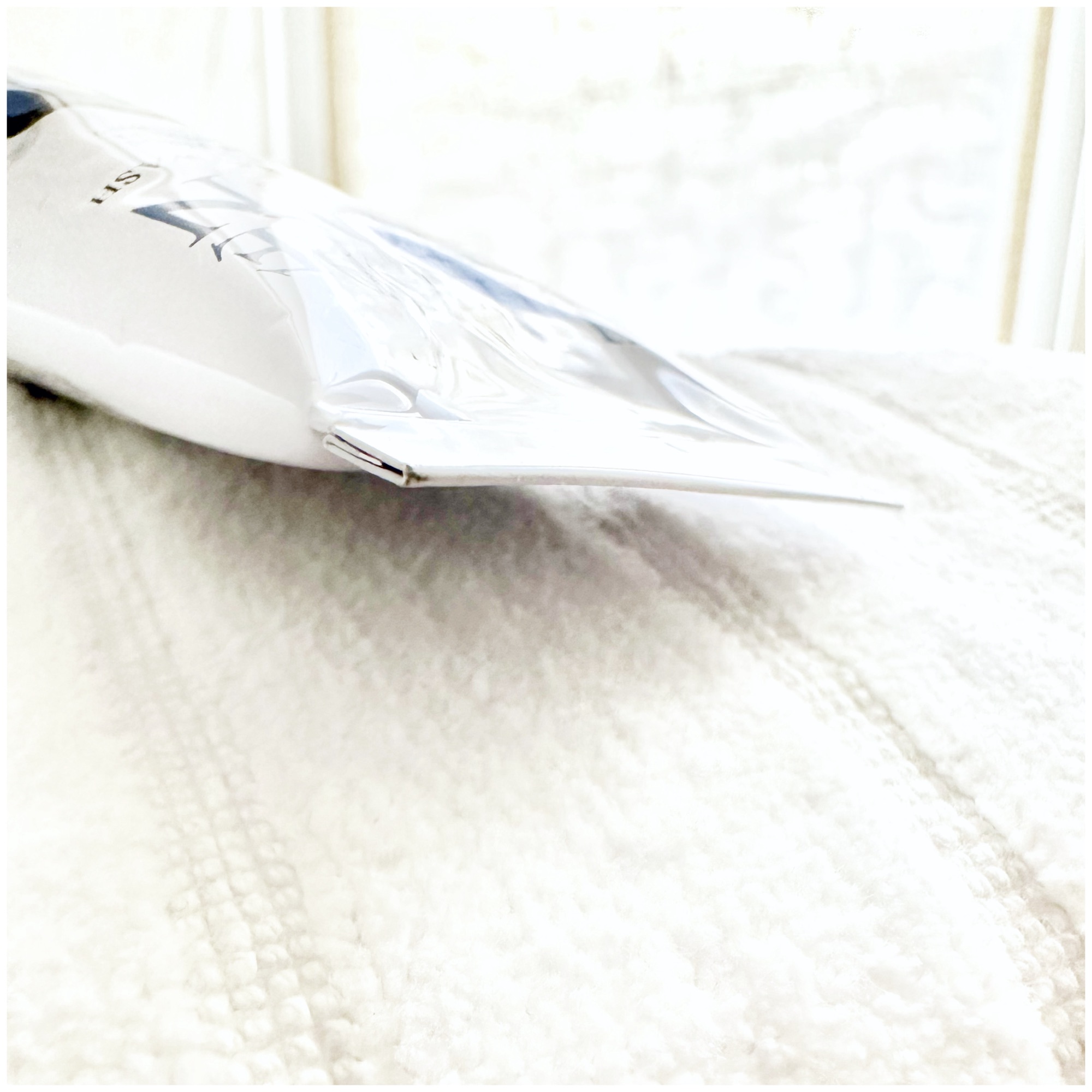Allergen…and Photo-Allergen!
Perfume, Fragrance
And boy, what common and consistent allergens! Fragrance has the dubious honor of being the 2007 Allergen of the Year of the American Contact Dermatitis Society. Fragrance is everywhere, and even natural, organic fragrances can be top allergens. If you’ve patch tested positive for fragrance, there’s quite a bit to avoid, including:
- Eugenol, cloves, roses, carnations, violets, hyacinths
- Oak moss: the “woodsy” scents that tend to be in products for men
- Geraniol, lavender, geranium, jasmine, citronella
- Hydroxycitronellal
- Isoeugenol, clove, nutmeg, ylang ylang
- Cinamic alcohol, cinnamic aldehyde, cinnamon
- Balsam of Peru, propolis, hyacinth
You can find these ingredients where you’d expect: perfume, colognes, cosmetics, hair care, hair styling, shaving, and personal hygiene products…but also where you might not, like in:
- Paints and certain industrial liquids (metal working, for example, where masking fragrances are used to offset strong smells)
- Insect repellants
- Laundry soaps and other products
- Room sprays and candles (some people are sensitive enough to get rashes from inhaling the delicious-smelling vapors of candles)
- Colas, sport drinks, or other pre-packaged drinks and juices, and
- As flavors in bitters, gum, candy, and even in toothpastes and mouthwashes.
Pro tip: a product that smells good probably has fragrance in it. A product that doesn’t smelly perfume-y or like flowers or fruit or flavors but smells like “nothing” might have a masking fragrance in it (also allergens). A product is more likely to be truly fragrance-free if it smells like a lab…but this doesn’t guarantee that it doesn’t contain other allergens. Read the ingredients list to be sure.
If you have a history of sensitive skin, don’t guess: random trial and error can cause more damage. Ask your dermatologist about a patch test.
To shop our selection of hypoallergenic products, visit vmvhypoallergenics.com. Need help? Ask us in the comments section below, or for more privacy (such as when asking us to customize recommendations for you based on your patch test results) contact us by email, or drop us a private message on Facebook.
For more:
On the prevalence of skin allergies, see Skin Allergies Are More Common Than Ever and One In Four Is Allergic to Common Skin Care And Cosmetic Ingredients.
To learn more about the VH-Rating System and hypoallergenicity, click here.
Main References:
Regularly published reports on the most common allergens by the North American Contact Dermatitis Group and European Surveillance System on Contact Allergies (based on over 28,000 patch test results, combined), plus other studies. Remember, we are all individuals — just because an ingredient is not on the most common allergen lists does not mean you cannot be sensitive to it, or that it will not become an allergen. These references, being based on so many patch test results, are a good basis but it is always best to get a patch test yourself.
1. Warshaw, E.M., Maibach, H.I., Taylor, J.S., et al. North American contact dermatitis group patch test results: 2011-2012. Dermatitis. 2015; 26: 49-59
2. W Uter et al. The European Baseline Series in 10 European Countries, 2005/2006–Results of the European Surveillance System on Contact Allergies (ESSCA). Contact Dermatitis 61 (1), 31-38.7 2009
3. Wetter, DA et al. Results of patch testing to personal care product allergens in a standard series and a supplemental cosmetic series: An analysis of 945 patients from the Mayo Clinic Contact Dermatitis Group, 2000-2007. J Am Acad Dermatol. 2010 Nov;63(5):789-98.
4. Verallo-Rowell VM. The validated hypoallergenic cosmetics rating system: its 30-year evolution and effect on the prevalence of cosmetic reactions. Dermatitis 2011 Apr; 22(2):80-97
5. Ruby Pawankar et al. World Health Organization. White Book on Allergy 2011-2012 Executive Summary.
6. Misery L et al. Sensitive skin in the American population: prevalence, clinical data, and role of the dermatologist. Int J Dermatol. 2011 Aug;50(8):961-7.
7. Warshaw EM1, Maibach HI, Taylor JS, Sasseville D, DeKoven JG, Zirwas MJ, Fransway AF, Mathias CG, Zug KA, DeLeo VA, Fowler JF Jr, Marks JG, Pratt MD, Storrs FJ, Belsito DV. North American contact dermatitis group patch test results: 2011-2012.Dermatitis. 2015 Jan-Feb;26(1):49-59.
8. Warshaw, E et al. Allergic patch test reactions associated with cosmetics: Retrospective analysis of cross-sectional data from the North American Contact Dermatitis Group, 2001-2004. J AmAcadDermatol 2009;60:23-38.
9. Foliaki S et al. Antibiotic use in infancy and symptoms of asthma, rhinoconjunctivitis, and eczema in children 6 and 7 years old: International Study of Asthma and Allergies in Childhood Phase III. J Allergy Clin Immunol. 2009 Nov;124(5):982-9.
10. Kei EF et al. Role of the gut microbiota in defining human health. Expert Rev Anti Infect Ther. 2010 Apr; 8(4): 435–454.
11. Thavagnanam S et al. A meta-analysis of the association between Caesarean section and childhood asthma. Clin Exp Allergy. 2008;38(4):629–633.
12. Marks JG, Belsito DV, DeLeo VA, et al. North American Contact Dermatitis Group patch-test results, 1998 to 2000. Am J Contact Dermat. 2003;14(2):59-62.
13. Warshaw EM, Belsito DV, Taylor JS, et al. North American Contact Dermatitis Group patch test results: 2009 to 2010. Dermatitis. 2013;24(2):50-99.
Want more great information on contact dermatitis? Check out the American Contact Dermatitis Society, Dermnet New Zealand, and your country’s contact dermatitis association.







